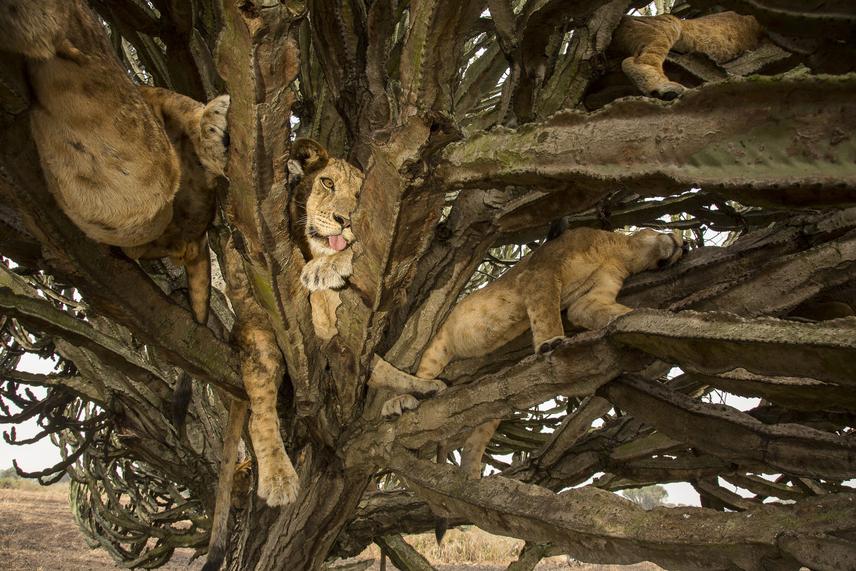Aleksander Ryszard Braczkowski
I will execute the first population assessment of African leopards in Uganda and provide the first spatially-explicit estimates for African lion and spotted hyenas (last assessed in 2008) in Queen Elizabeth National Park. I will also assess the human-carnivore conflict hotspots inside the park. My project will facilitate training of Ugandan Wildlife Authority and Wildlife Conservation Society staff and at least two students from Makere and Ndejje Universities on field and analytical methods for carnivore density estimation. The 100 camera-traps used during this project will be donated to UWA and WCS field staff.

his project will provide the first assessment of the status of African leopards in Uganda, and set the methodological platform for two more surveys in Murchison Falls and Kidepo Valley. My project will also provide the first estimates of African lion and spotted hyena numbers in southwestern Uganda since 2008.
The identification of conflict hotspots using occupancy models will provide the Ugandan Wildlife Authority and Wildlife Conservation Society with priority zones for the application of conservation interventions to reduce carnivore damage on livestock, particularly the erection of livestock bomas and employment of livestock herdsmen (guardians).
Importantly apart from informing management plans of the Ugandan Wildlife Authority and Wildlife Conservation Society, the estimates of African lion, leopard and spotted hyena densities will be shared with the IUCN Cat Specialist Group, African Lion Working Group, African Lion Management Forum and CITES. These scientific organizations actively welcome the sharing of area-specific density estimates of these species which in turn contribute to landscape-level species status assessments (e.g. Riggio et al. 2013; see also Jacobson et al. 2016).